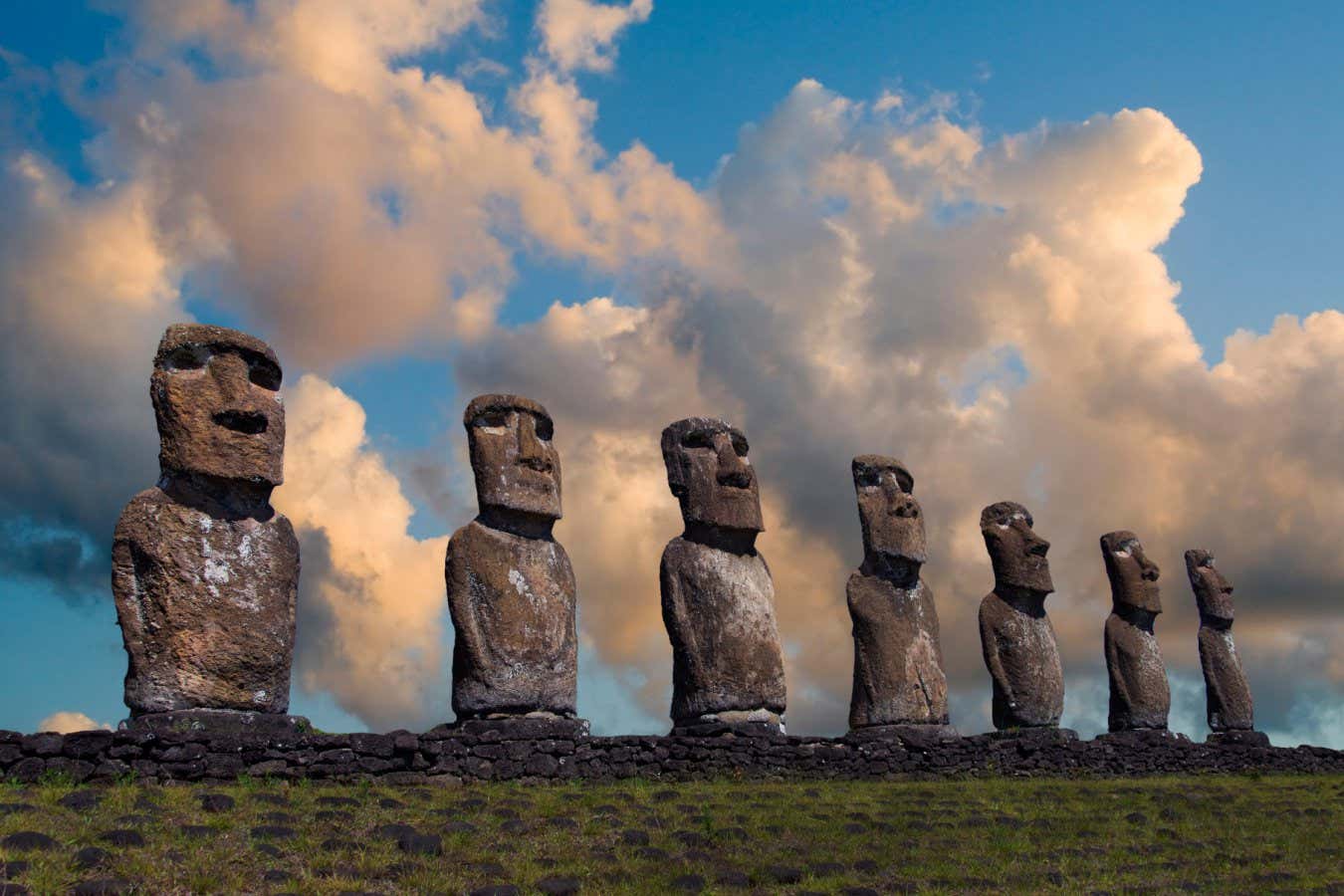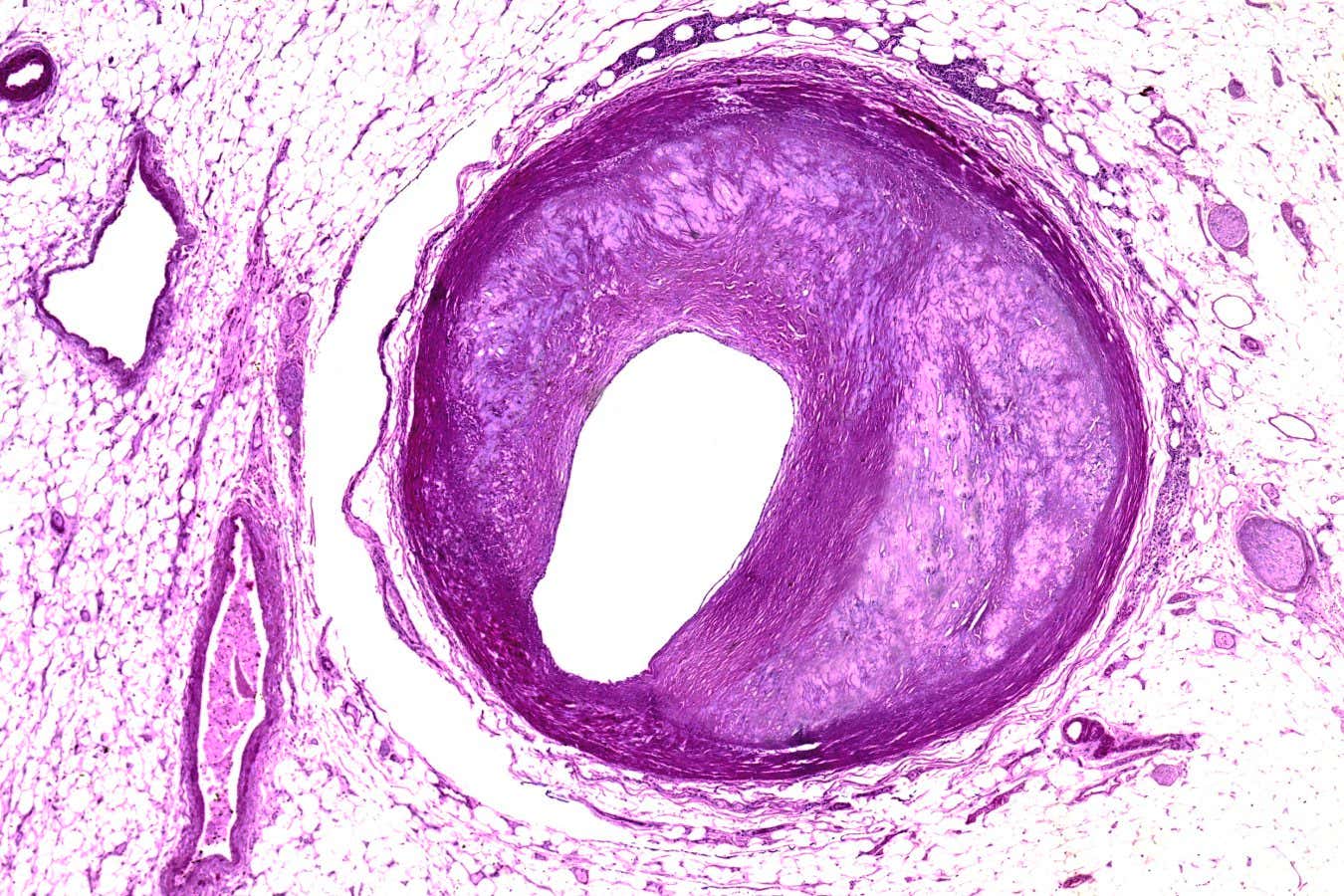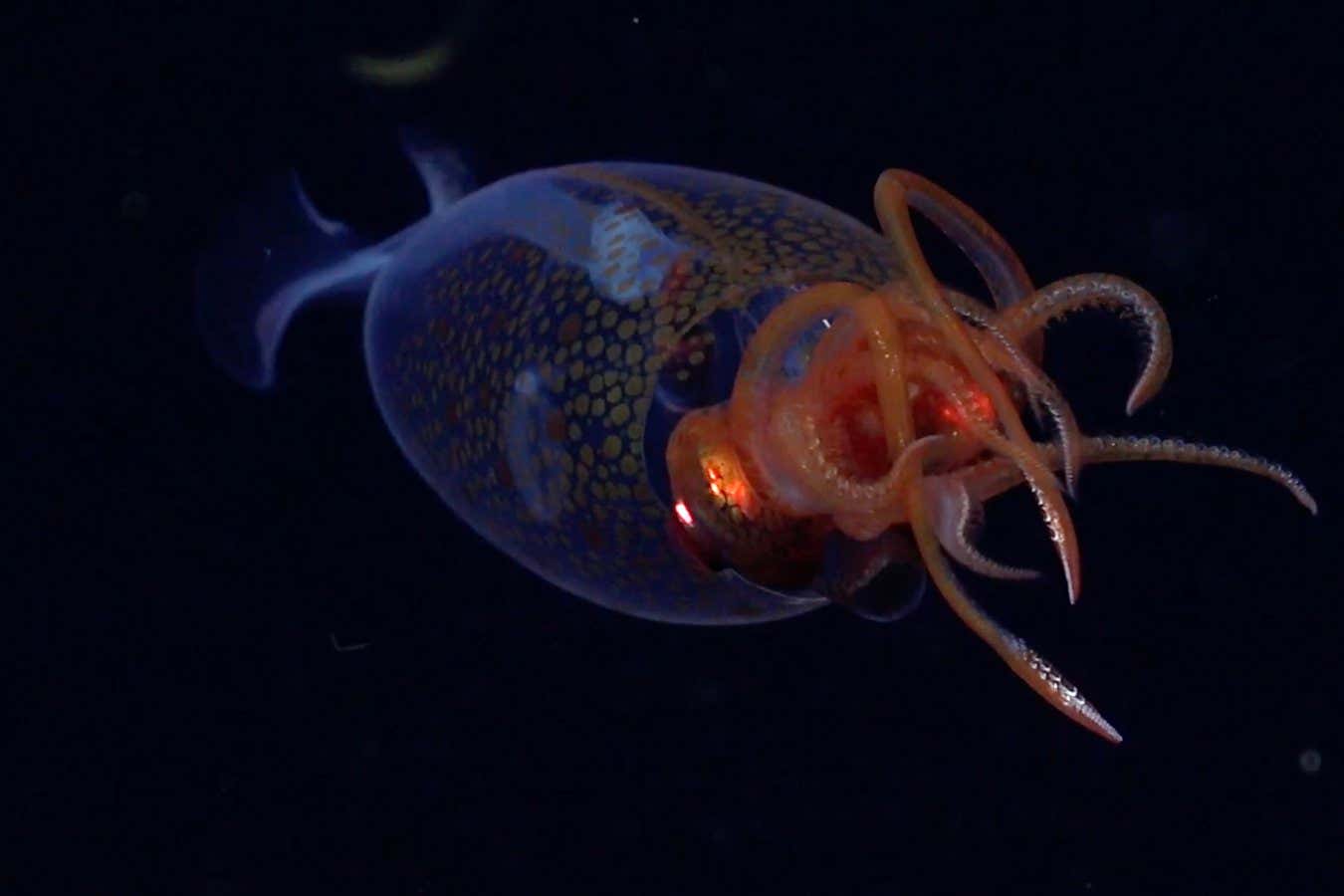Now Reading: Drought Linked to Decline of Rapa Nui’s Sculpture Traditions
1
-
01
Drought Linked to Decline of Rapa Nui’s Sculpture Traditions
Drought Linked to Decline of Rapa Nui’s Sculpture Traditions

Speedy Summary
- A newly identified drought on Rapa Nui (Easter Island), which occurred in the 1500s, may have led islanders to curb investments in constructing their famous stone moai statues.
- The island’s environmental history is often cited as a tale of disaster due to unsustainable resource use, including rapid deforestation after Polynesians settled there around the 1200s.
- Some archaeologists remain skeptical about directly linking this drought to decreased statue-building activities.
!campaign=RSS%7CNSNS&utmsource=NSNS&utmmedium=RSS&utm_content=home”>Read More
Stay Informed With the Latest & Most Important News
Previous Post
Next Post
Loading Next Post...

























